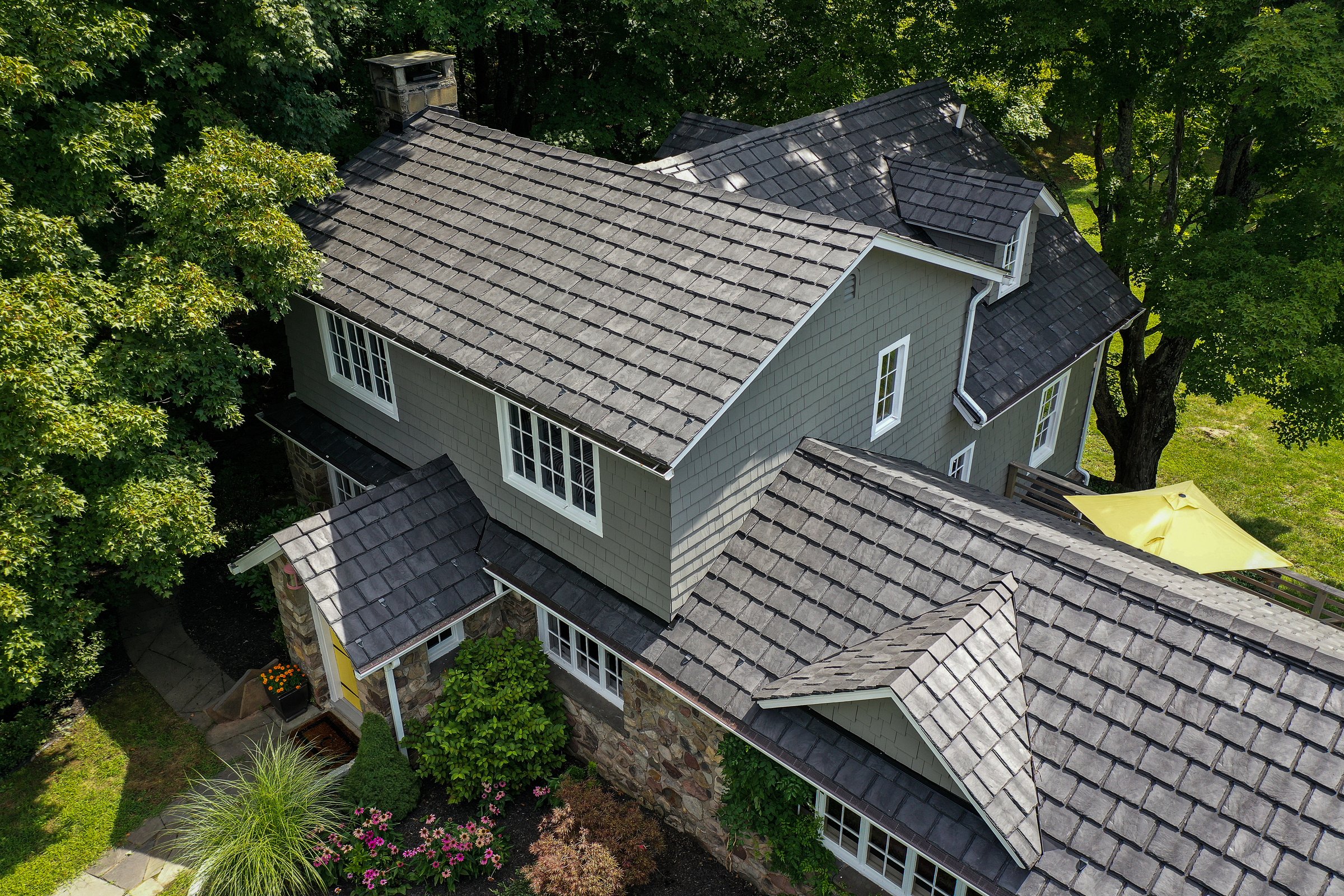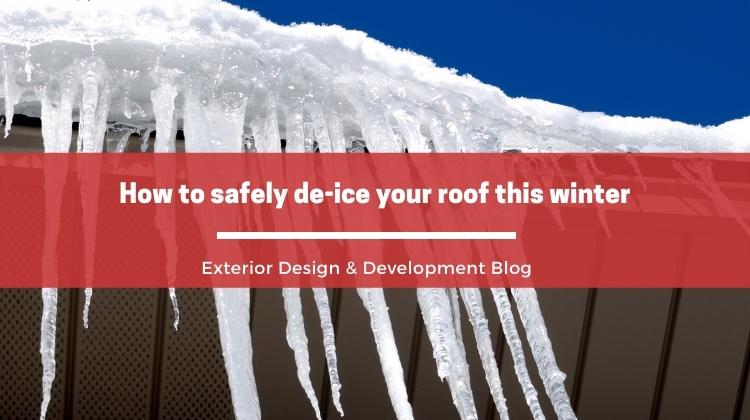Living roofs are an increasingly popular concept among homeowners that want to take advantage of this space and improve their homes. You may have heard recommendations from those with their own efficient green roof at home or warnings from those who struggled with the concept. So, what are some of the pros and cons of a living roof?
Benefits of a living roof for you and your home.
Some of the most popular benefits of adding a green roof to your home are the impact on insulation and noise reduction. These thick natural structures provide a great barrier that keeps the heat in during the winter and creates a cozier home. They can also block heat in summer to keep the home cooler.
Also, there are additional benefits for those that turn the living roof into a functional outside space. For example, an accessible rooftop garden can become a great place to grow beautiful flowers when traditional garden space is scarce. It can also be a helpful kitchen garden for herbs, fruit, and vegetables.
Benefits of a living roof for the environment.
You may find some guides and blogs from homeowners that talk about wildlife in a negative tone. They will complain about how the plants draw in birds and insects or how weeds grow among their prized flowers. However, there is another perspective. Those plants that attract birds and insects help to protect vulnerable pollinators and seed dispersers. In addition, those "weeds" could be valuable wildflowers that add biodiversity to your neighborhood.
Disadvantages of a living roof for your home.
We can't talk about the potential improvements to the home without mentioning a critical risk. Your efficient living roof is going to require a fair amount of water to stay healthy. Rain, or some other form of irrigation in hotter climates, will enter the soil and then the roots. The best green roofs will have a strong membrane in place to prevent water damage. But, leaks can occur.
Disadvantages of a living roof on your wallet.
Finally, there is the issue of cost. Adding a green roof to your property isn't cheap, especially in the short term. There are costs involved in getting all the materials together, sourcing your plants, prepping the roof, and getting professional help to install it. Over time, there may be additional costs in the upkeep of the roof and any repairs.
With that said, we also can't overlook the potential savings made when you have the best green roof for your home. For example, you could see savings on energy bills through those insulation benefits and reduce spending on produce with a rooftop kitchen garden.
Is a living roof still a good idea?
The pros of a living roof outweigh the cons as long as you are invested in the idea and embrace the full potential of this green space. Homeowners who take the time to create a practical roof that aids wildlife and produces food can gain a lot of joy and potentially save money in the long run. Consider the pros and cons of a living roof carefully and see if it is right for you.






